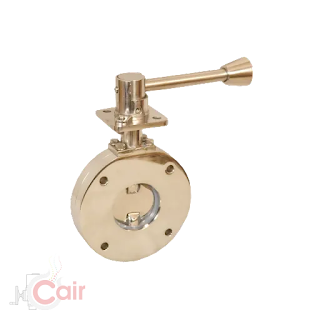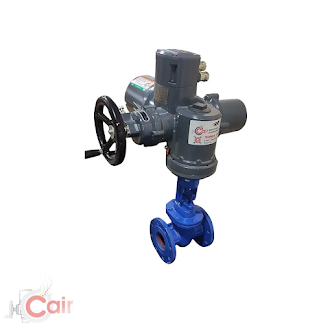Ball Valves: What are the Different Types?
What is a Ball Valve?
A ball valve uses a spherical perforated barrier to control hydraulic flow. In order to open or close a ball valve, it is normally spun 90 degrees around its axis. The ball valve is one of the most common types of valve. In addition to liquid applications, ball valves can also be used in gas applications. The chemical, petrochemical, and oil and gas industries depend on their extended service life and dependable sealing during their service life. Vacuum and freezing applications can also be accommodated by ball valves.
How does it work?
When the ball within the valve is properly integrated with the two ends of the valve, the flow may conveniently pass through the hole. If the hole is perpendicular to the ends of the device, the valve is completely shut. The flow is completely or partially halted when the hole is in any other position.
Some of the types of Valves:
One-Piece Valve:
Single-piece cast bodies contain the inner elements of one-piece ball valves. There is no longer a possibility of liquid overflowing from the valve. A one-piece ball valve has a smaller diameter and is less expensive. A welded one-piece ball valve is more common, but it cannot be dismantled for cleaning or repaired once it has been damaged. Therefore, it's only used in situations where molecule formation is minimal and disinfection isn't a major issue. A screwed one-piece ball valve, however, cannot be cleaned, adjusted, or repaired, whereas damaging them requires special tools.
Two-piece valve:
When the diameter of the reduced bore or FB plan valve exceeds 6 inches, a two-piece plan is used to complement the single-piece plan. In a two-piece design, the ball is held in place by the body stud, which is created in two pieces. It may be acceptable at this point to use a full-bore design or a reduced-bore design.
Three-piece valves:
The three-piece ball valve consists of a housing that houses the valve's internal components and is secured at both ends by bolts. There is a threaded or welded connection between the main pipe and the ends.
Top Entry Valves:
With a top entrance ball valve, you can access the valve's internals by simply removing the bonnet. By doing so, in-line maintenance can be performed without removing the ball valve from the primary line.
Full Port Ball Valve:
Having a full port ball valve enables the ball opening to be similar to the pipeline opening, thus reducing grating misfortune. It is an unlimited stream, but the valve is much larger.
Standard Port Valves:
Unlike the full port ball valve, the standard port ball valve has a smaller ball and port. Due to the pipe size, it has a slightly lower flow and is comparatively less expensive. Their pressure drops are larger than those of other ball valve varieties, but they are less expensive.
Trunnion Ball Valves:
Often found on larger, higher-pressure valves, it has a mechanical mechanism that anchors the ball.
Vented Ball Valve:
Ball valves with vents function similarly to regular ball valves, except that vents are punched into the sides of the ball. When the valve is closed, the orifice points to the outflow side. By piercing the hole, trapped gases that create a build-up of internal pressure within the valve can be released, preventing leaks, valve failure, and explosions.
Reduced Bore Valve:
By a pipe size, a reduced bore has a bore diameter that is smaller than the (connection) pipe diameter. The real decrease depends on the agreement between the manufacturer and the customer. Ball valves with reduced bores are more common than ball valves with full bores. A particle build-up is unlikely, and the product flow rate and turbulence aren't an issue.
We are the leading ball valve manufacturer in India. We offer various types of industrial valves like ball valves, butterfly valves, control valves, globe valves, and many more.



Comments
Post a Comment